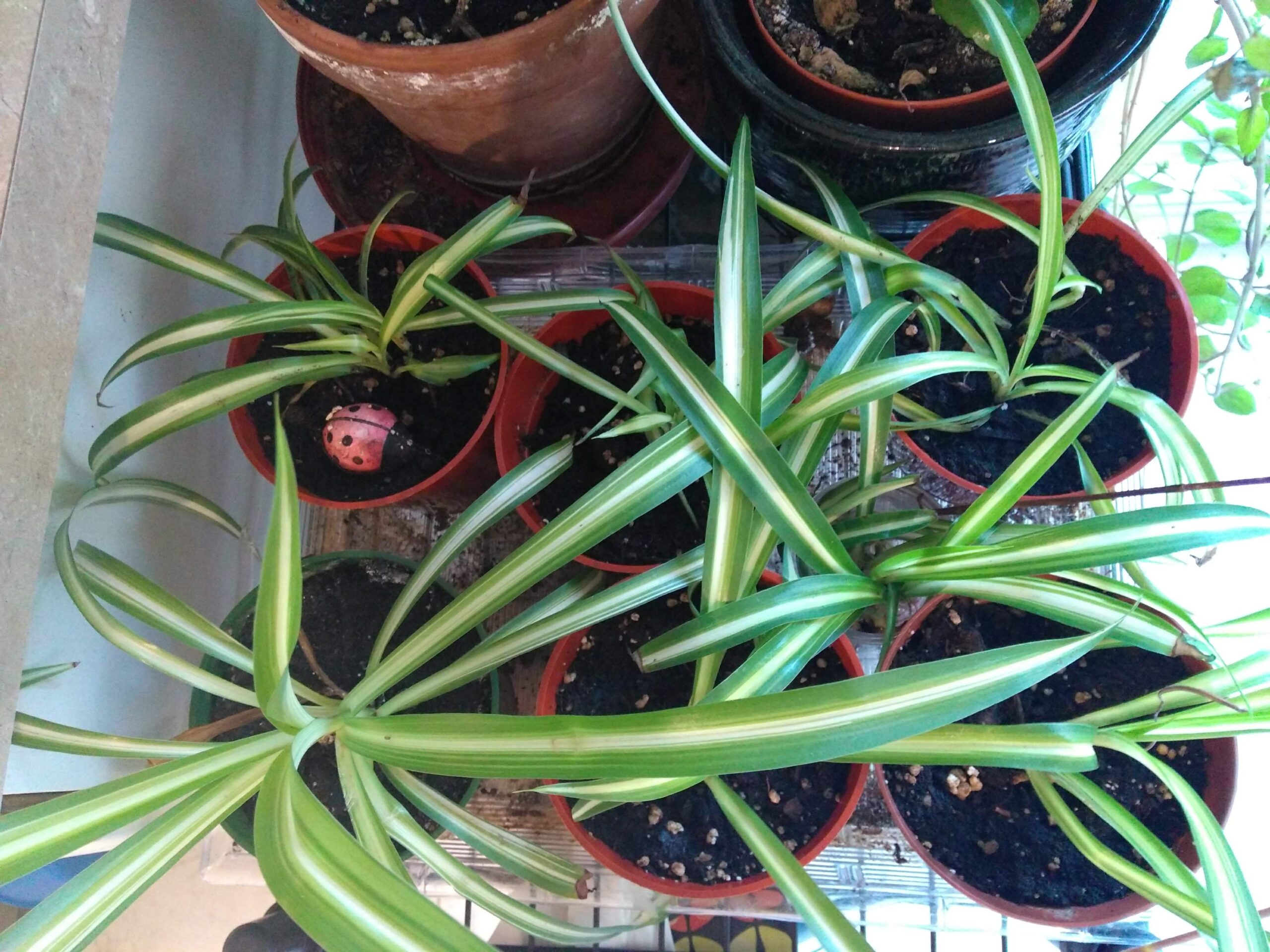By Claudette Sims, Halton Master Gardener
Fall garden management
Leave the leaves in your garden — that’s why they are called “leaves”! Store excess leaves in bags or piles to use as mulch in spring. Leave plant stems and seed heads for native bees and birds. Clean up the shed, garage, patio, paths, etc. Donate unused tools and repair, recycle or throw away broken items. Drain and store hoses and turn off the water supply. Clean and store/cover pots, watering cans, etc. to prevent cracking during freeze up. Cover ponds with netting before leaf fall or remove leaves in the pond with a bamboo rake. Check for weeds weekly.
Feed the soil
Bare soil is subject to erosion and loss of moisture which destroy habitat for soil micro-organisms. Empty your compost bin into gardens and cover bare soil with organic matter such as compost, leaves, straw, mulch, or manure.
Tender bulb overwintering (e.g., caladium,calla lily, canna, dahlia, elephant ears, gladiolus)
When the foliage dries or after the first frost, dig up plants being careful not to damage the bulb. Clean off soil and dry bulbs for one to three days. Inspect for insects or disease. Store dried bulbs in a breathable container such as a cardboard box or leaf/paper bag. Arrange bulbs so they are not touching, adding 3–6 cm (2–3″)of sand, vermiculite, sawdust, or wood shavings between layers. Label and store in a dark location at 4–7ºC.
Perennials
Divide or transplant overcrowded or underperforming perennials as the weather cools and water in the new divisions well. For species-specific instructions consult this list.
Consider adding native sedges to your garden. They add texture to your garden and support moths, dainty skipper butterflies, and birds. Canadian author Lorraine Johnson has great suggestions in her blog!
Claudette Sims, Halton Master Gardener
Trees
Mulch young trees with wood chips. To reduce rodent and rabbit damage, use tree guards or chicken wire and trim grass around the tree. Continue to water until freeze up.
Seeds
Continue to collect seeds for next year’s garden. Prepare containers for winter sowing of perennials. Grow your own butterflies by sowing seeds of their larval host plants.
Think spring
Plan to add these early spring-blooming plants as pollen and nectar-rich sources for native bees.
Houseplants
Move houseplants indoors or take cuttings and restart them. Decrease watering as the days become shorter. Check for pests weekly.
Lawn and weeds
Rake most leaves from the lawn and remove to garden beds for beneficial insects and pollinators who overwinter in leaf litter. Keep on weeding as long as the soil is workable. When mowing is done for the season, clean the mower and sharpen the blades.




